If you’d like to see more wildlife in your garden in winter, be sure to include plants that provide food and cover in the fall and winter. Some of these plants are evergreen, providing necessary cover, and some have fruits, seeds, or nuts that persist into winter. Here are some (mostly native) plant suggestions that can be used throughout much of the southeast.
Trees
- Apples (Malus spp.)
- American beech (Fagus grandifolia)
- Crabapples (Malus spp.)
- Eastern red cedar (Juniperus virginiana)
- Flowering dogwood (Cornus florida)
- Hackberry (Celtis laevigata)
- Hawthorns (Crataegus spp.)
- Hickories (Carya spp.)
- Hollies (Ilex spp.)
- Oaks (Quercus spp.)
- Pecans (Carya illinoensis)
- Pines (Pinus spp.)
- Staghorn sumac (Rhus typhina)
- Sweetgum (Liquidambar styraciflua)
- Wax myrtle (Myrica cerifera)
View this field guide to oaks to help pick out the best oak for your garden.
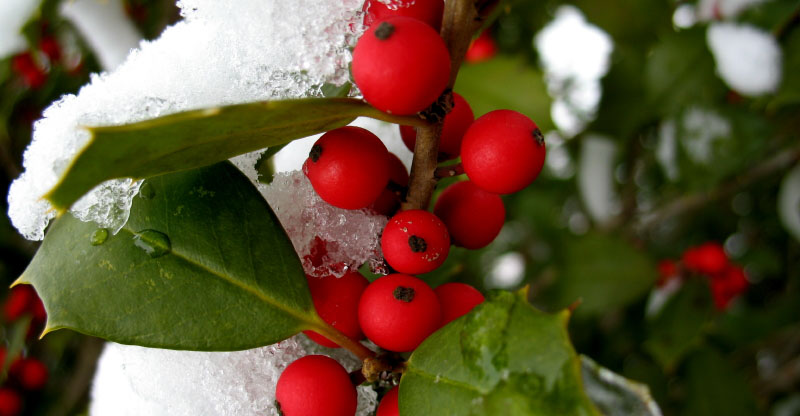
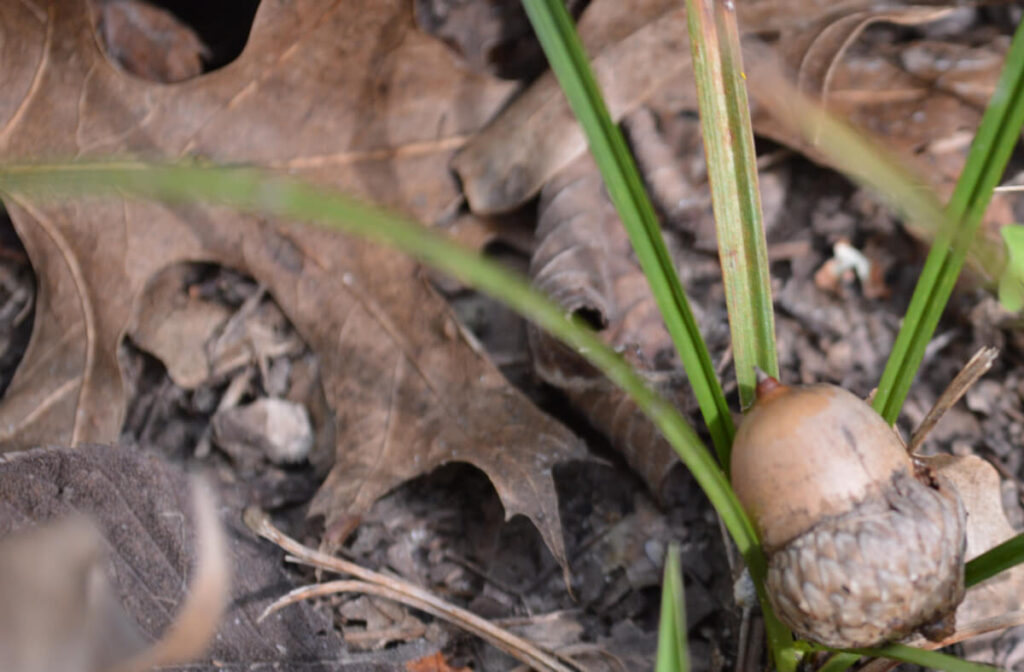
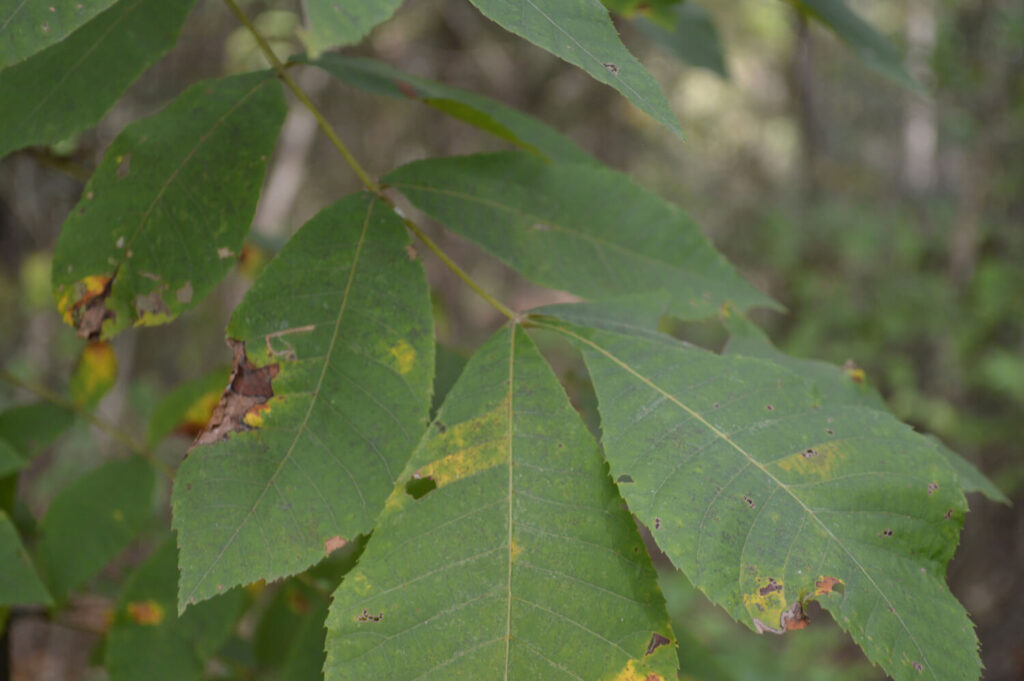
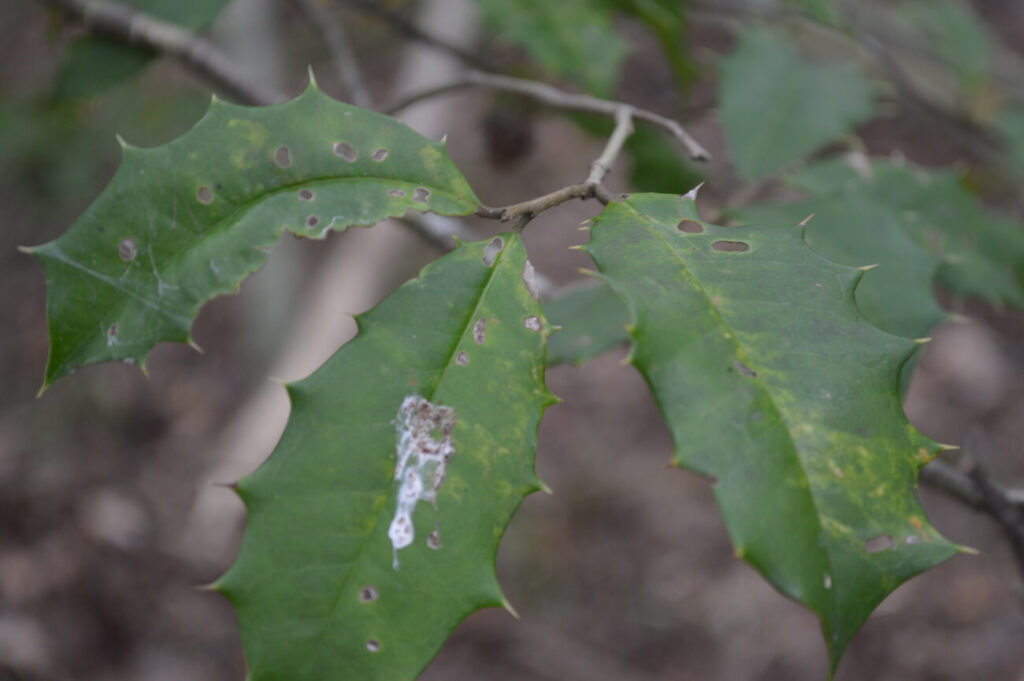
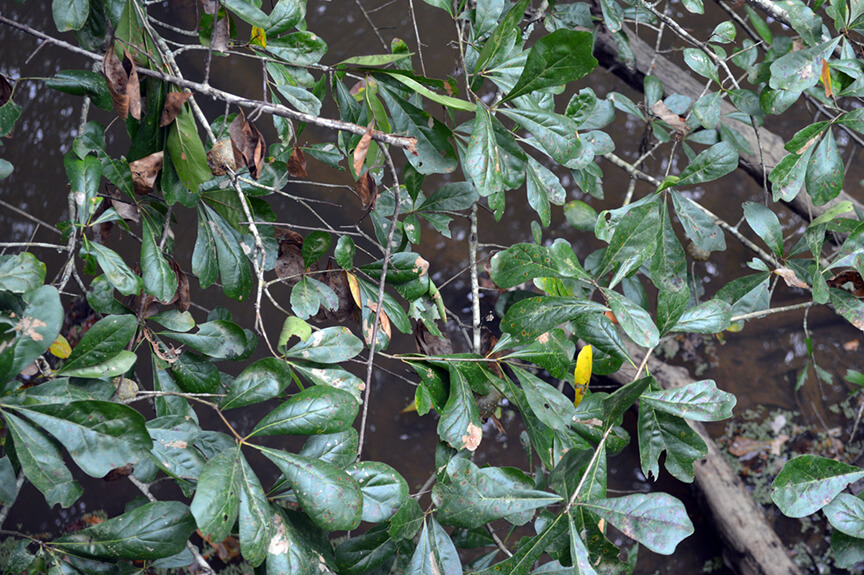
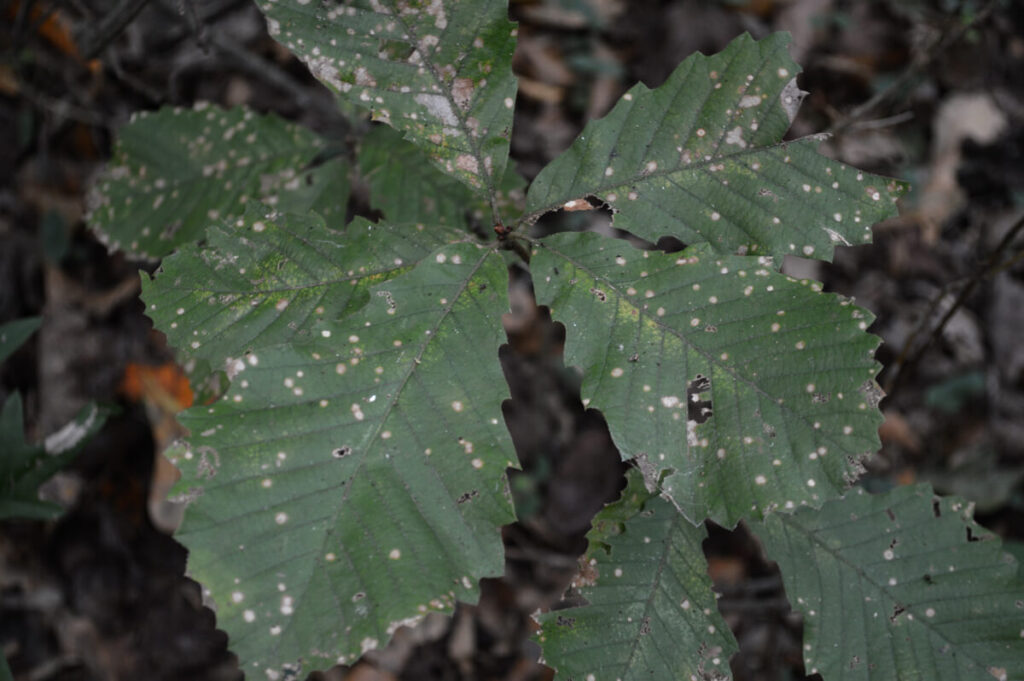
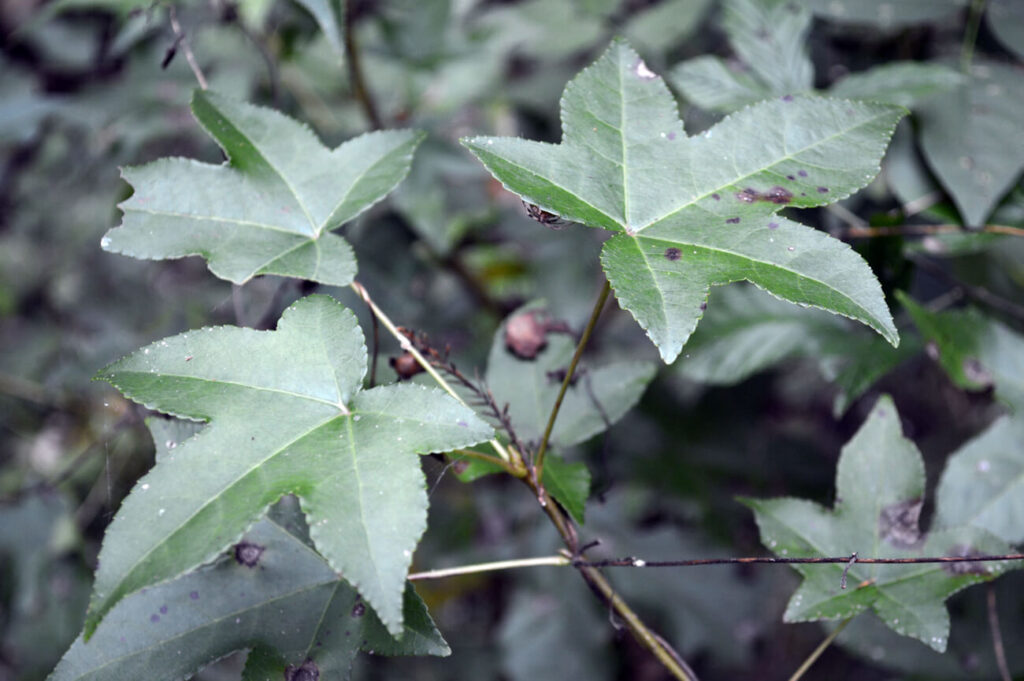
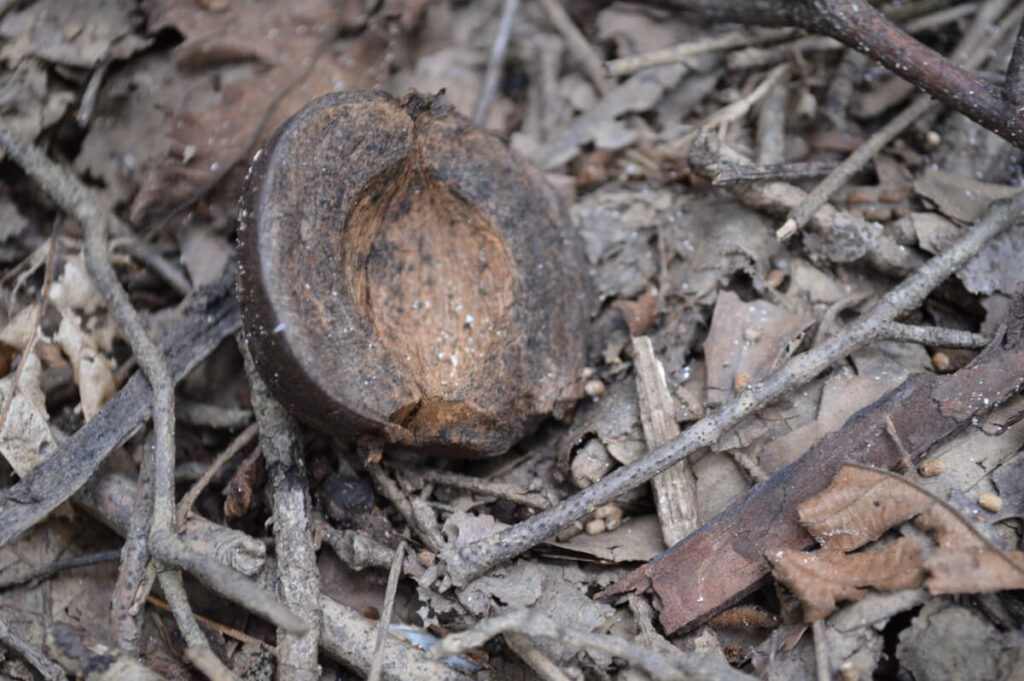
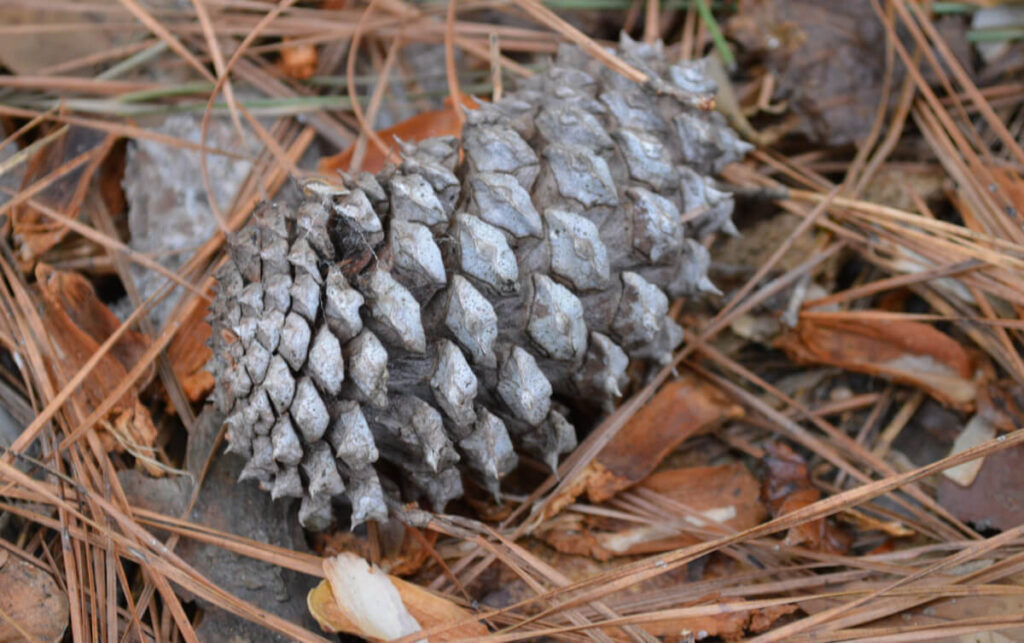
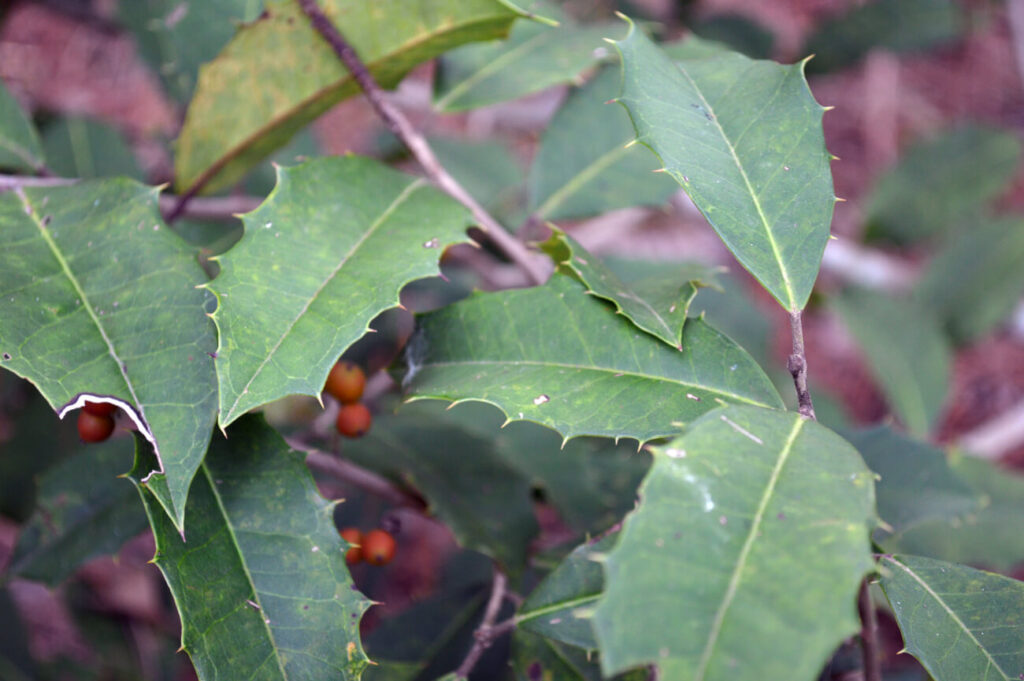
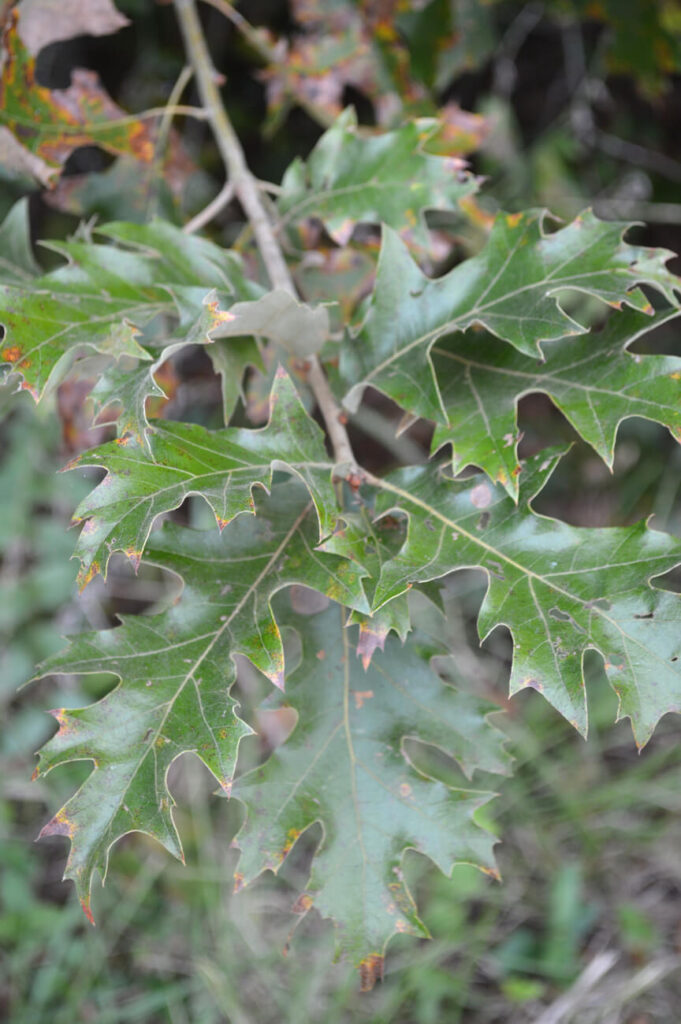
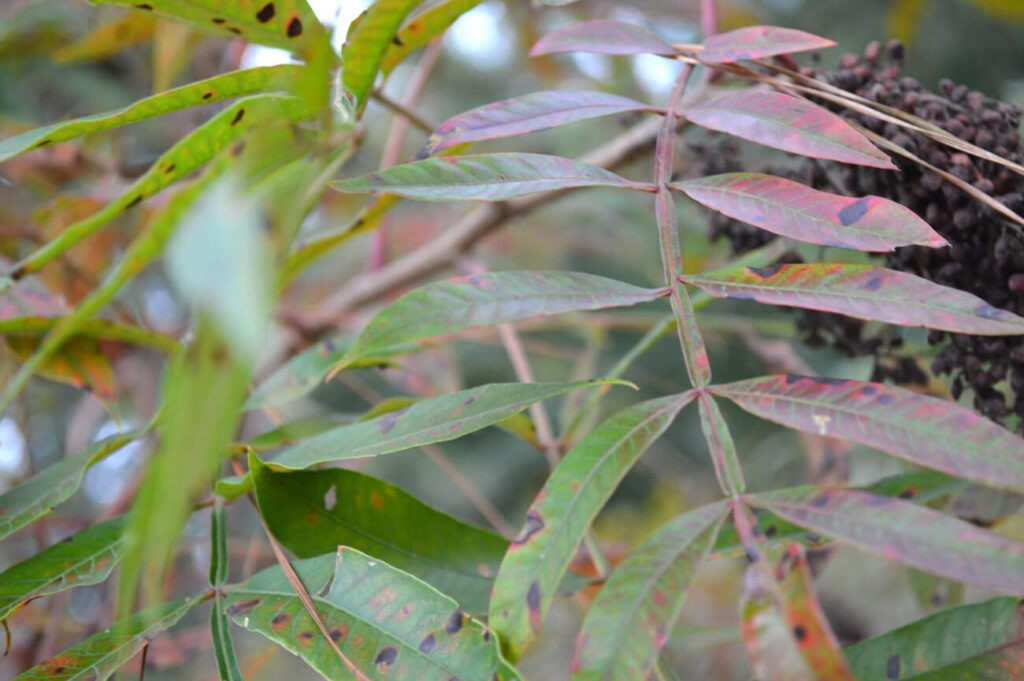
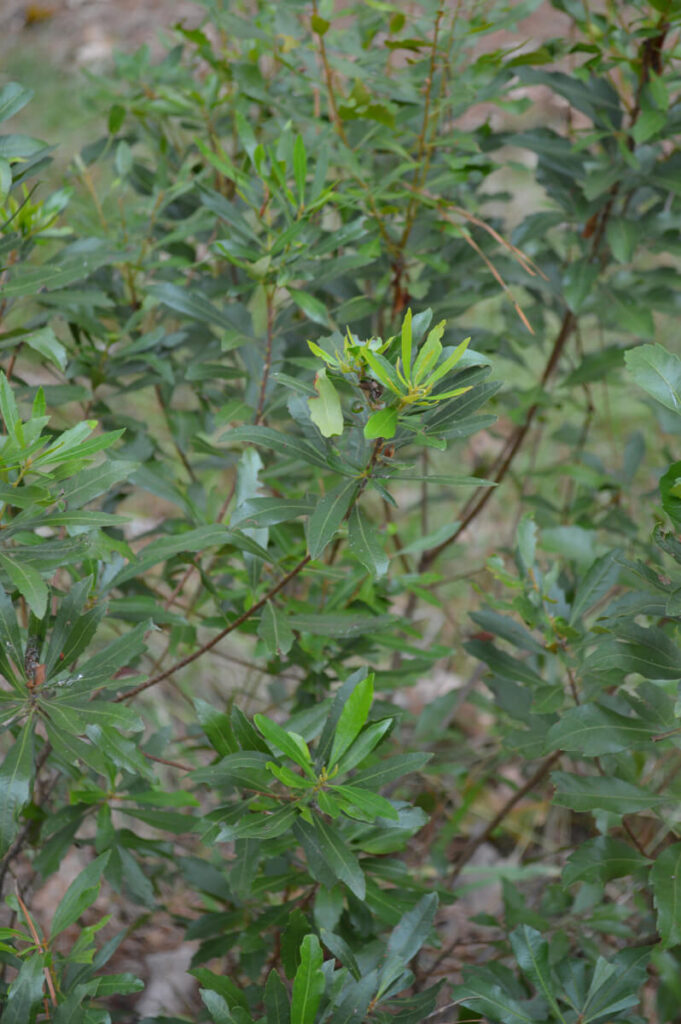
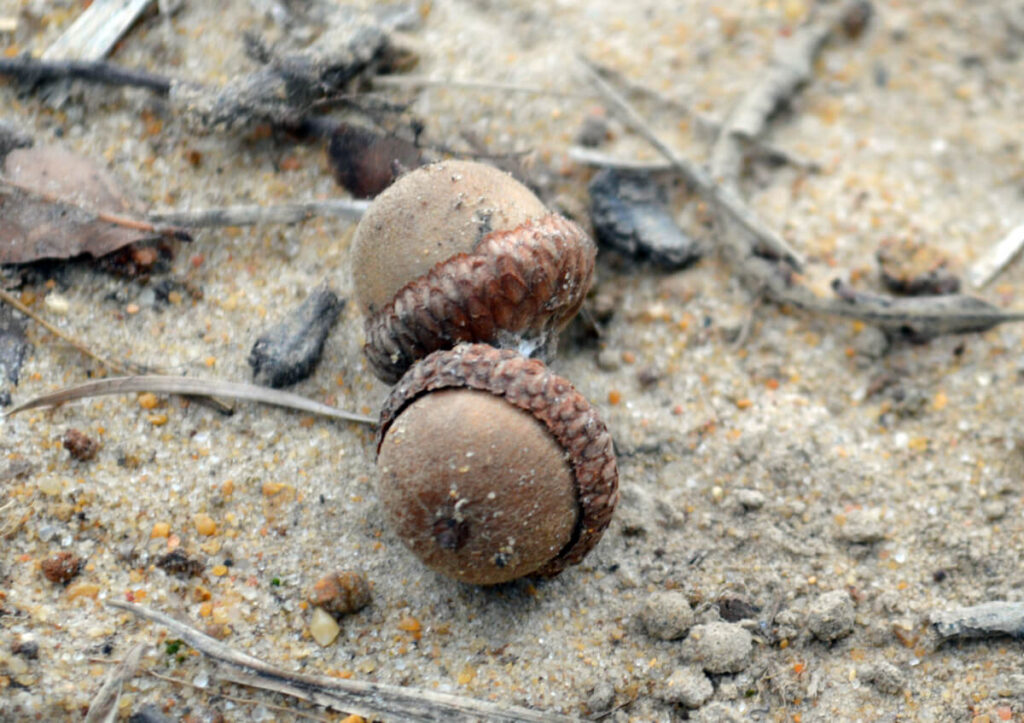
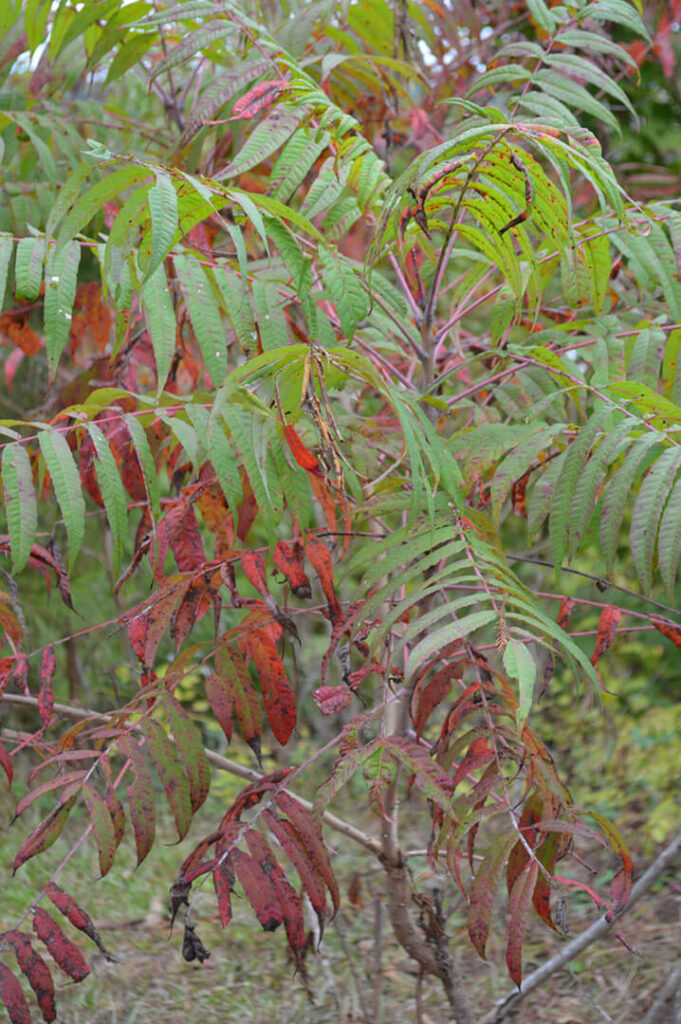
Shrubs
- American beautyberry (Callicarpa americana)
- Groundsel Bush (Baccharis halimifolia)
- Spicebush (Lindera benzoin)
- Strawberry bush (Euonomys americana)
- Viburnum spp.
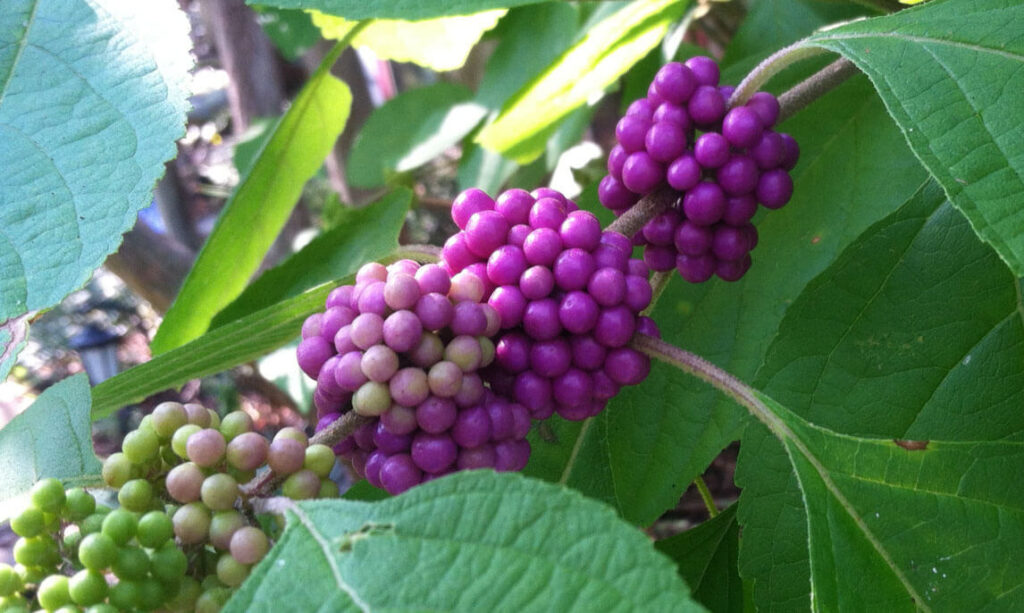
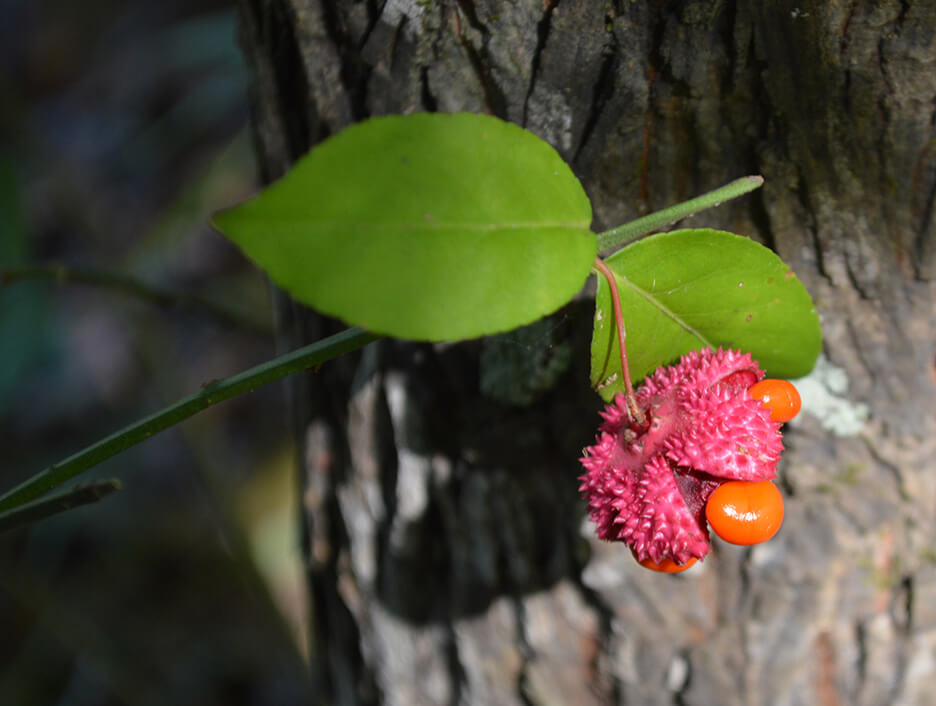
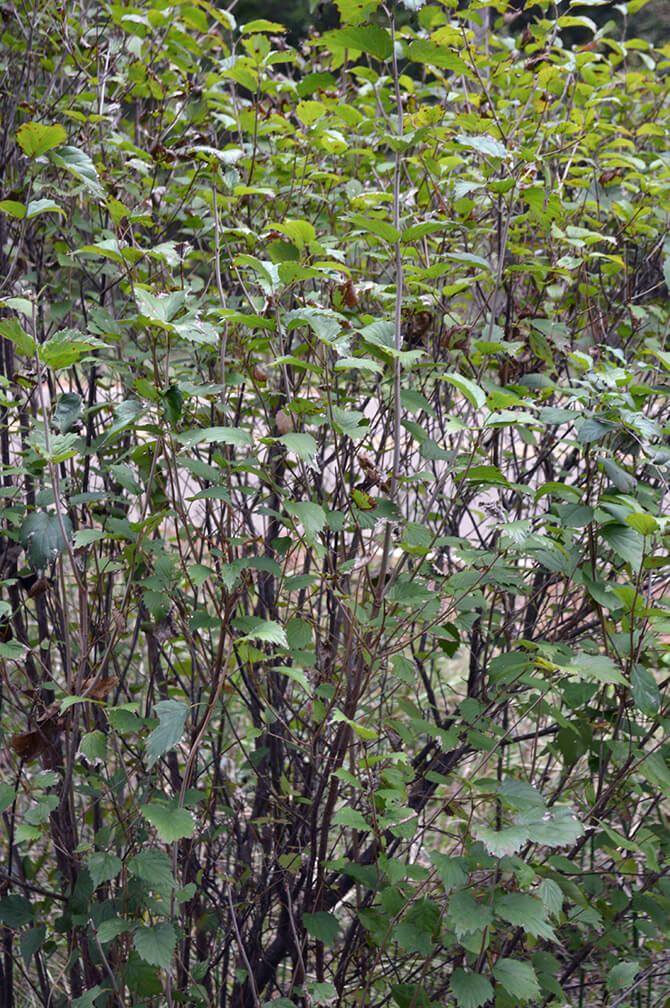
Flowering plants
- Black-eyed Susan (Rudbeckia spp.)
- Blanketflower (Gaillardia pulchella)
- Coneflower (Echinacea spp.)
- Coreopsis (Coreopsis spp.)
- Goldenrod (Solidago spp.)
- Ironweed (Veronica noveboracensis)
- Carolina rose (Rosa carolina – rose hips)
- Sunflowers (Helianthus spp.) – including swamp sunflower; check out the narrow-leaf sunflower (Helianthus carolinianus)
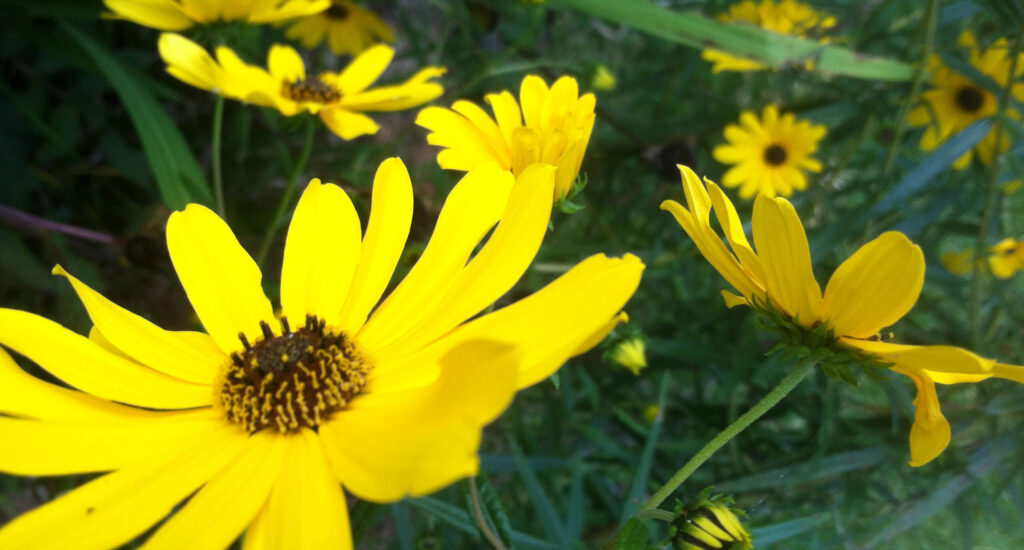
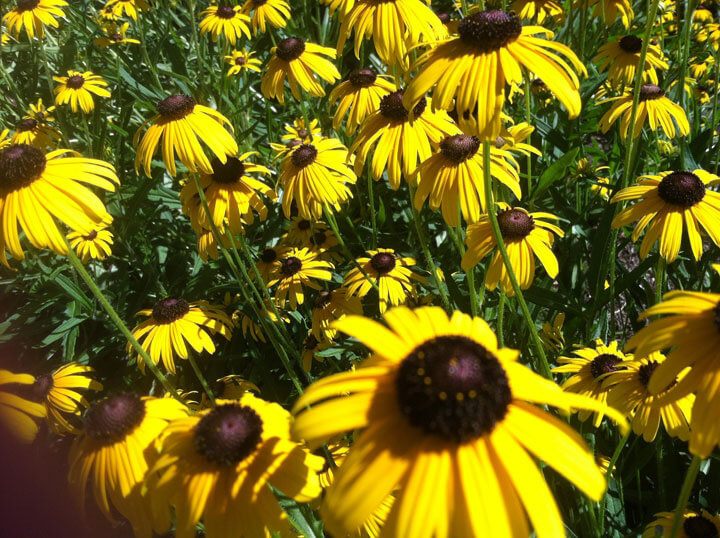
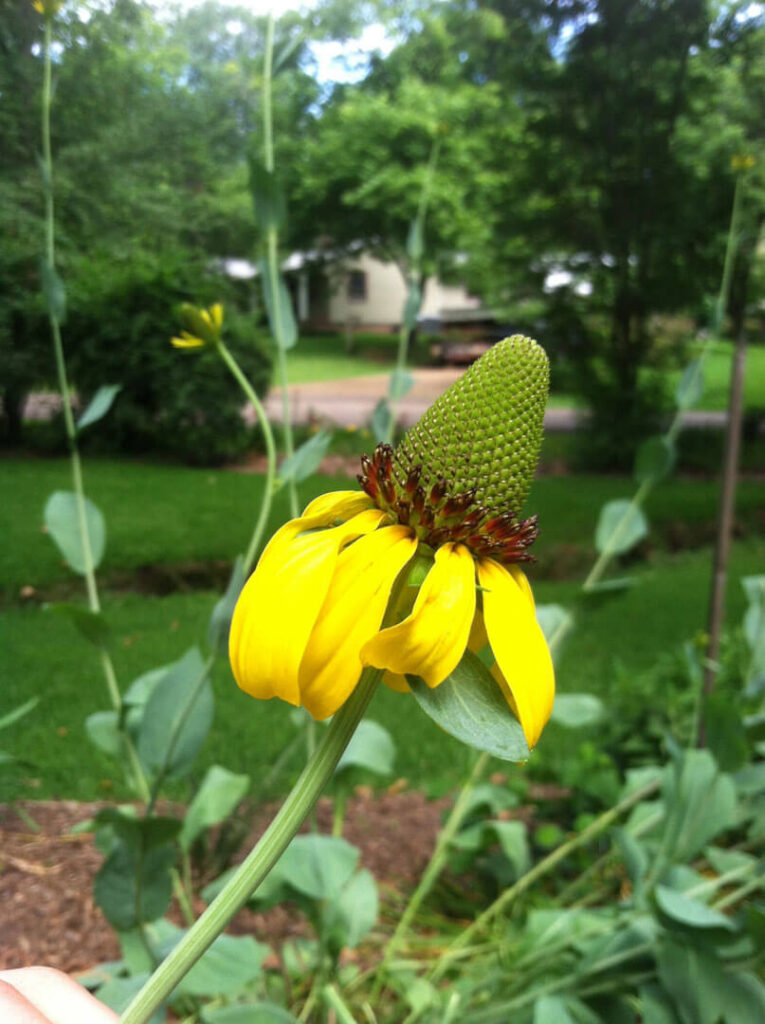
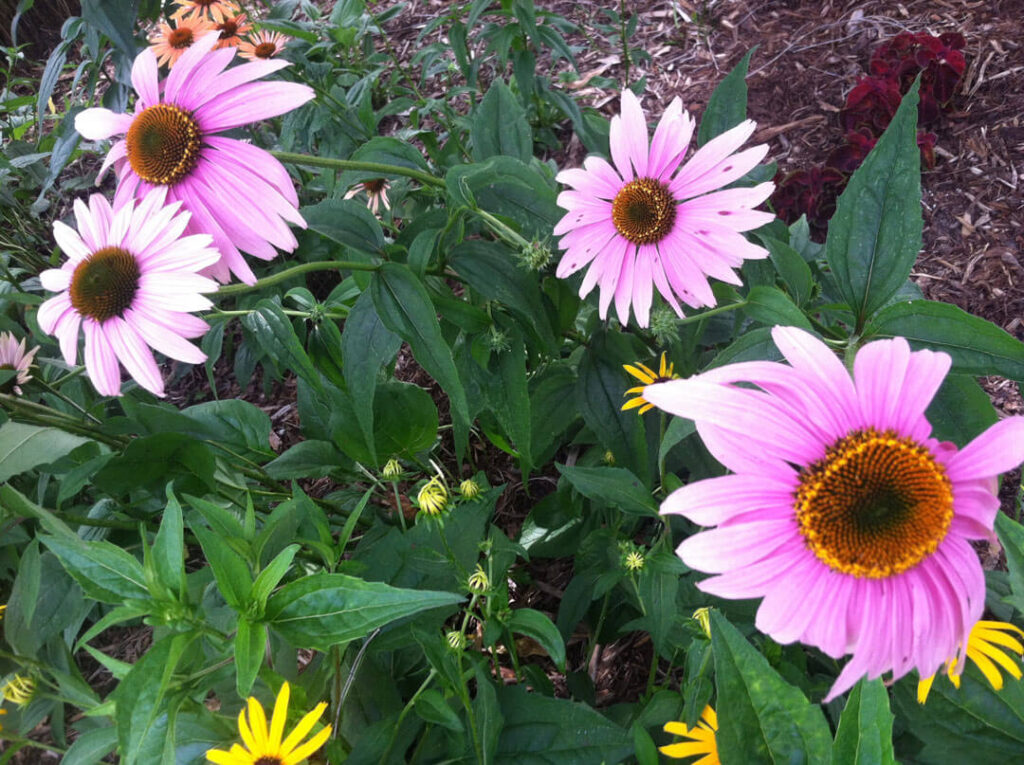
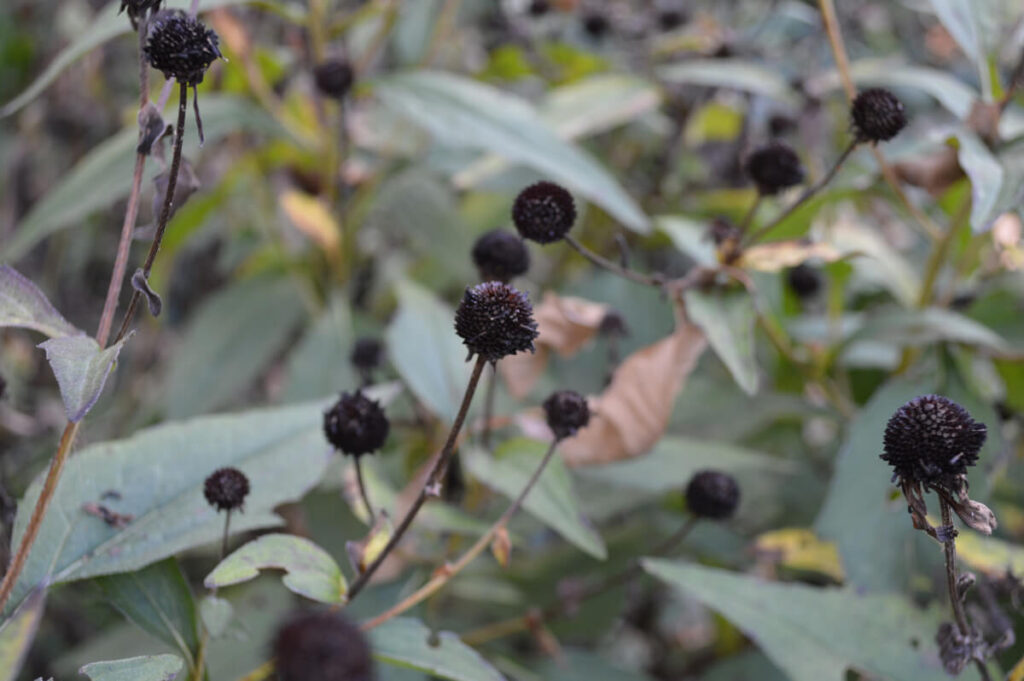
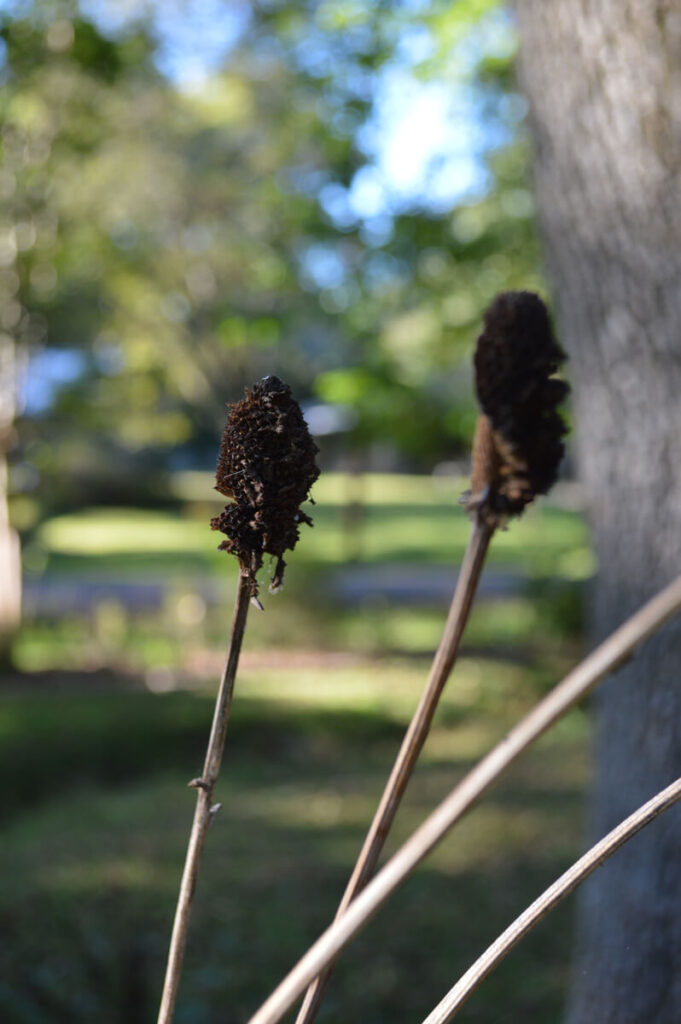
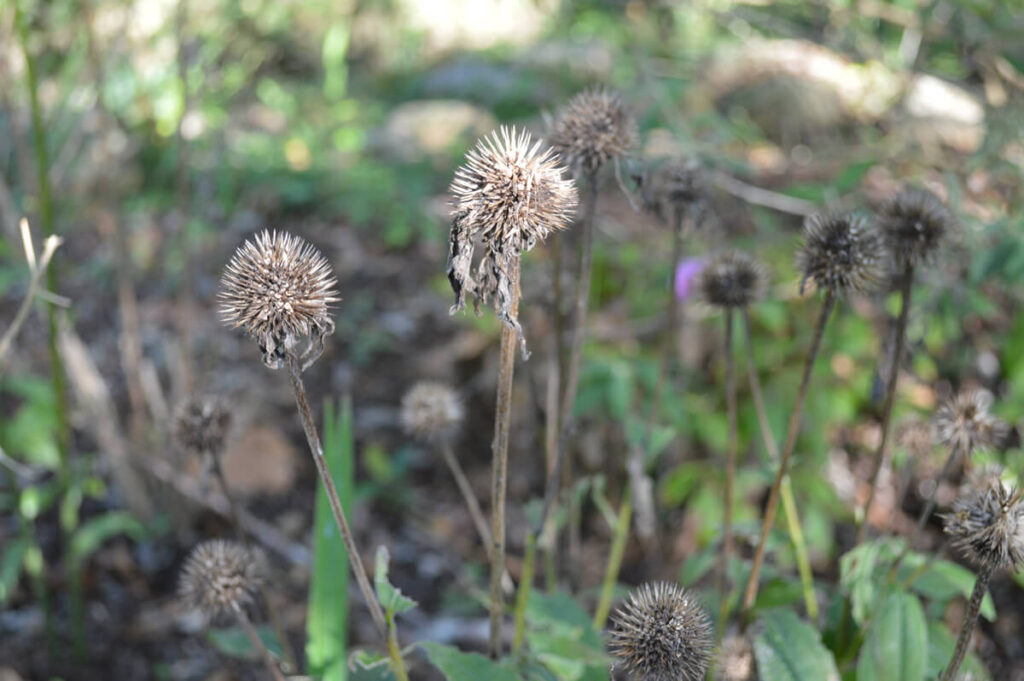
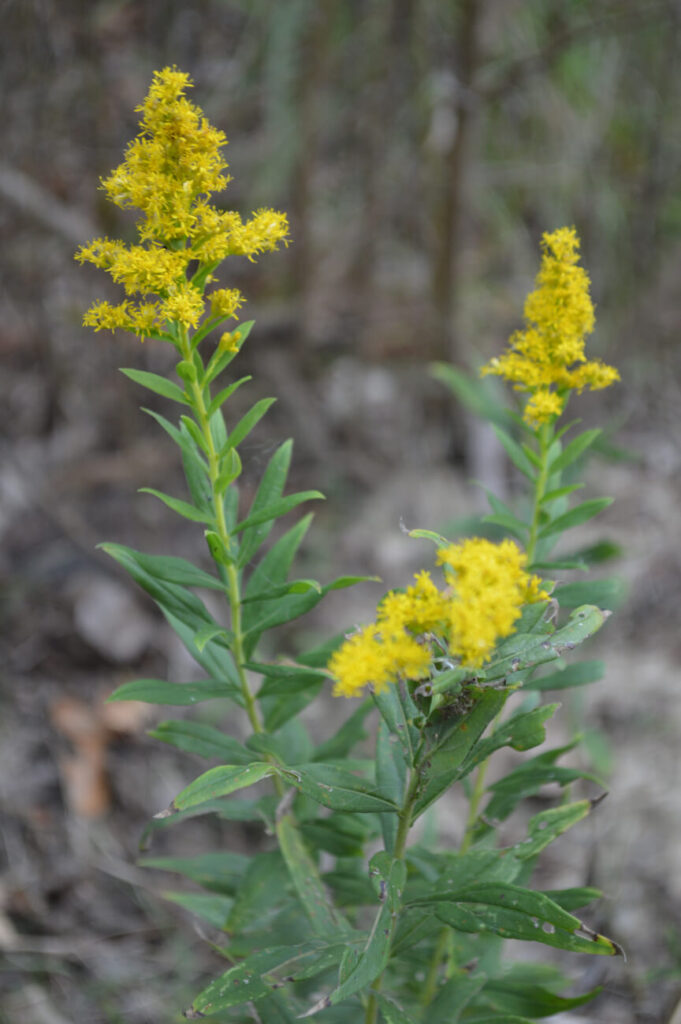
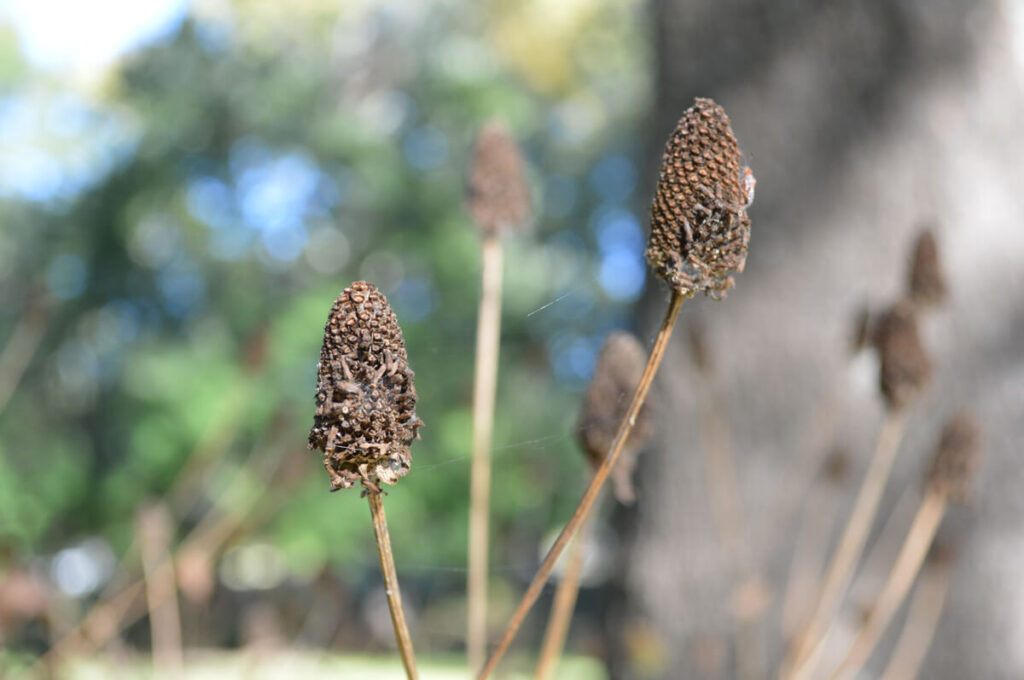
Vines
- Muscadine grape (Vitis rotundifolia)
- Virginia creeper (Parthenocissus quinquefolia)

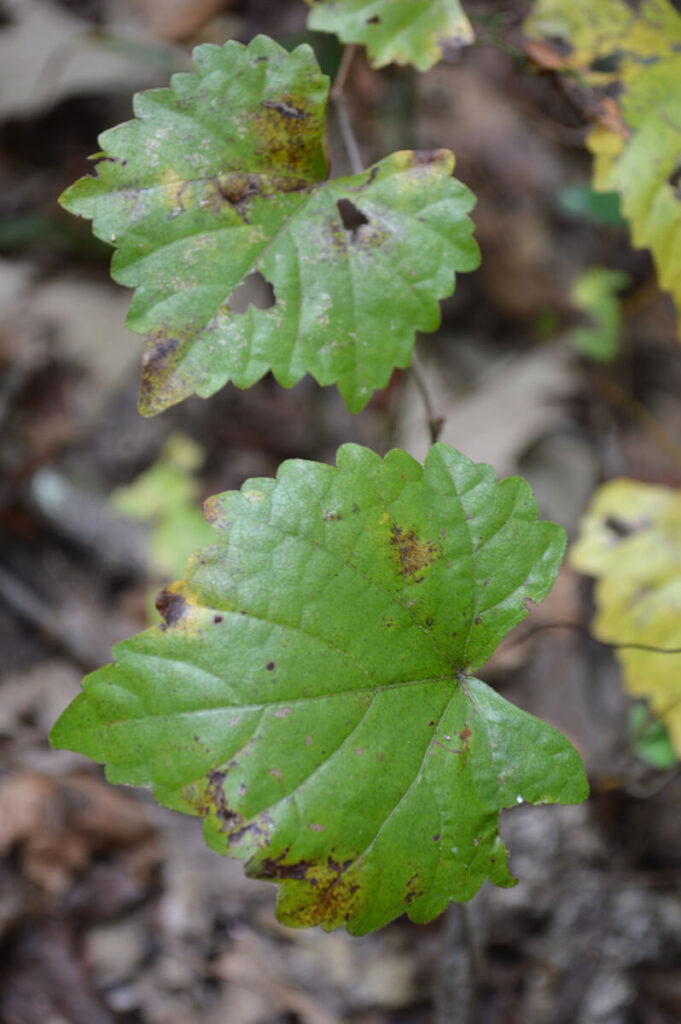
Grasses
- Big bluestem (Andropogon gerardii)*
- Indiangrass (Sorghastrum nutans)*
- Little bluestem (Schizachrium scoparium)*
- Switchgrass (Panicum virgatum)*
*Don’t cut the grasses back when they die and they’ll still provide decent cover in the fall and maybe even into winter, especially if thickly planted.

